Velo Corvo
Pedro Gil is a distinctive man. You can tell by looking at him that he might carry a fascination for times long passed. He is dapper, donning simple couture that is reminiscent of what men wore in the 40s or 50s.
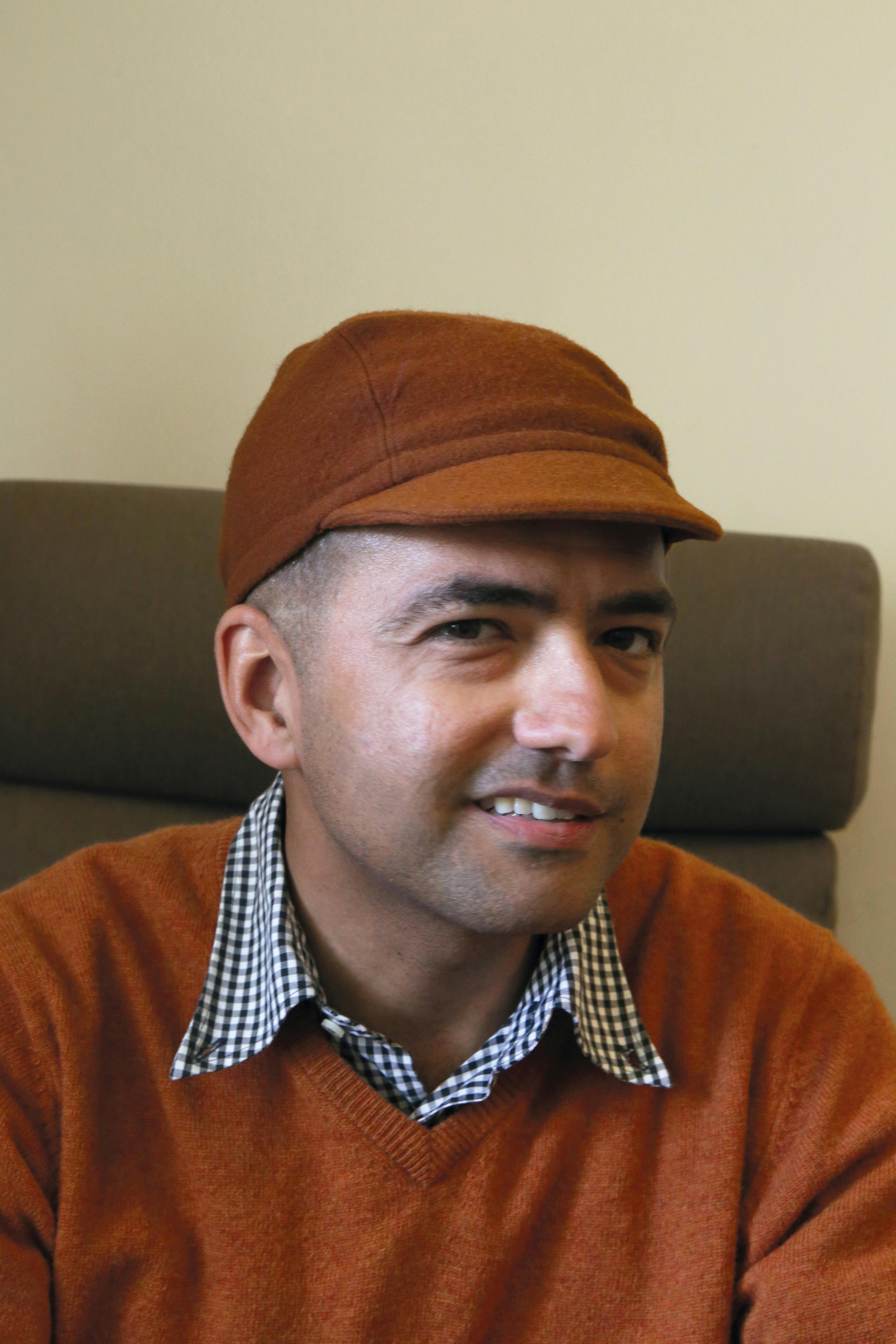
Text: Siri Taxbro
Photos: Mari Oshaug
Simplicity also happens to be another of Pedro’s fascinations. He owns and runs the bike shop Velo Corvo in the Alvalade area of Lisboa. Here, he restores and sell bikes that are the epitome of simple elegance. We sat down to ask him out about his relationship to bikes, his philosophy of riding and how he got started.
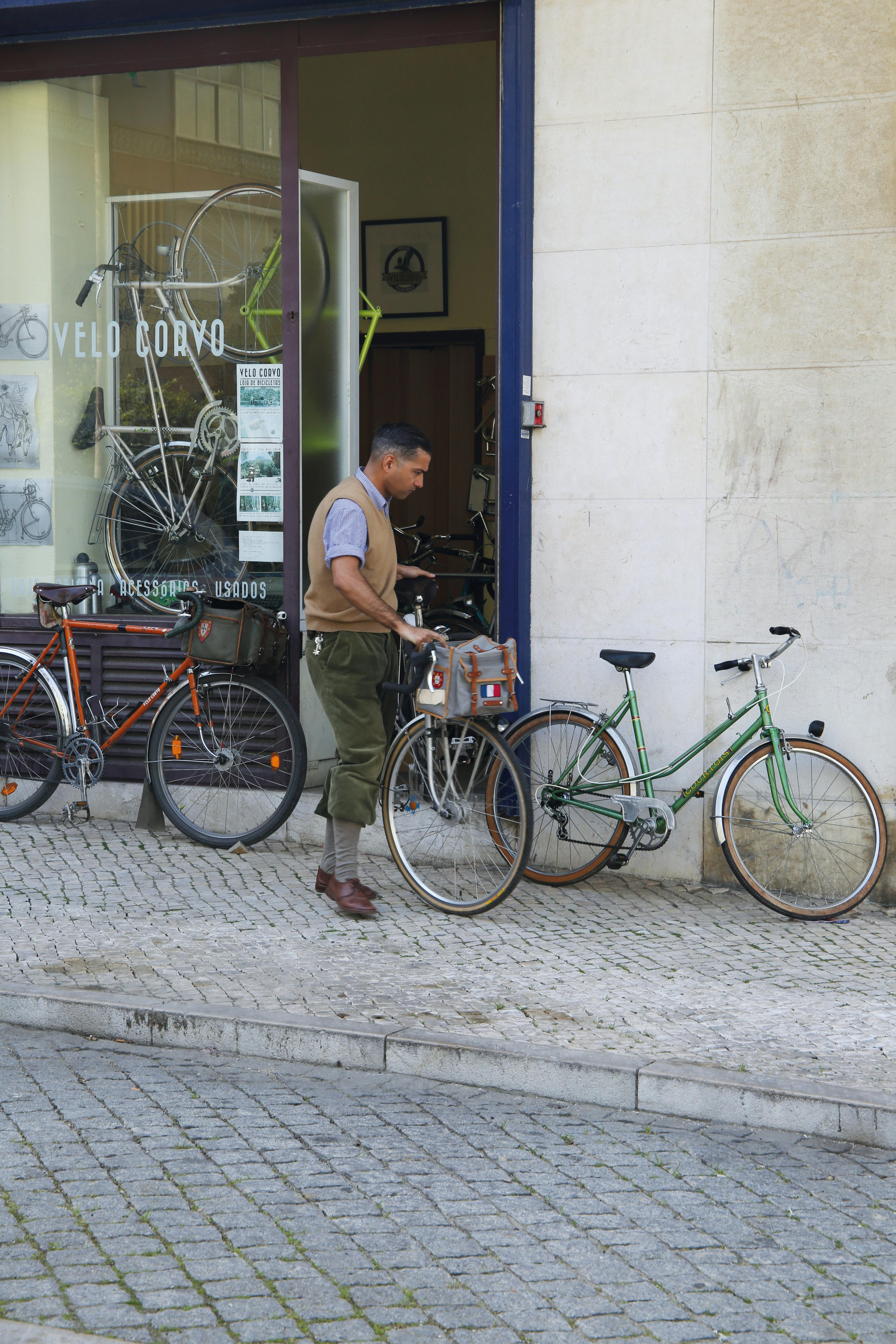
Tell us about your journey with Velo Corvo?
Oh wow. It started a long time ago because I was working in, well I guess, a normal job, an engineering job. I made some money but I wasn’t really that happy; all I wanted to do was fix bikes and build bikes. Hand-built bikes is my big focus at the moment, I want to build my own frames. That is the ultimate goal of the store, and it has been since the first time I started thinking about this more than twenty years ago. Things just kind of fell into place when I left my previous job and I opened the shop close to four years ago.
Can you tell us a bit about the process of quitting your job and actually going for the dream?
It was one of those situations where the factory where I worked just stopped existing, so my job stopped existing. So I thought “It’s now or never!” and that was it. I didn’t want to get to the age of sixty or seventy and then look back saying “I should have gone for that”. Life goes by too quickly for you to be unhappy. It was also a controlled risk, because it wasn’t a super crazy thing to do, but there was still a risk. I felt I just had to do it.
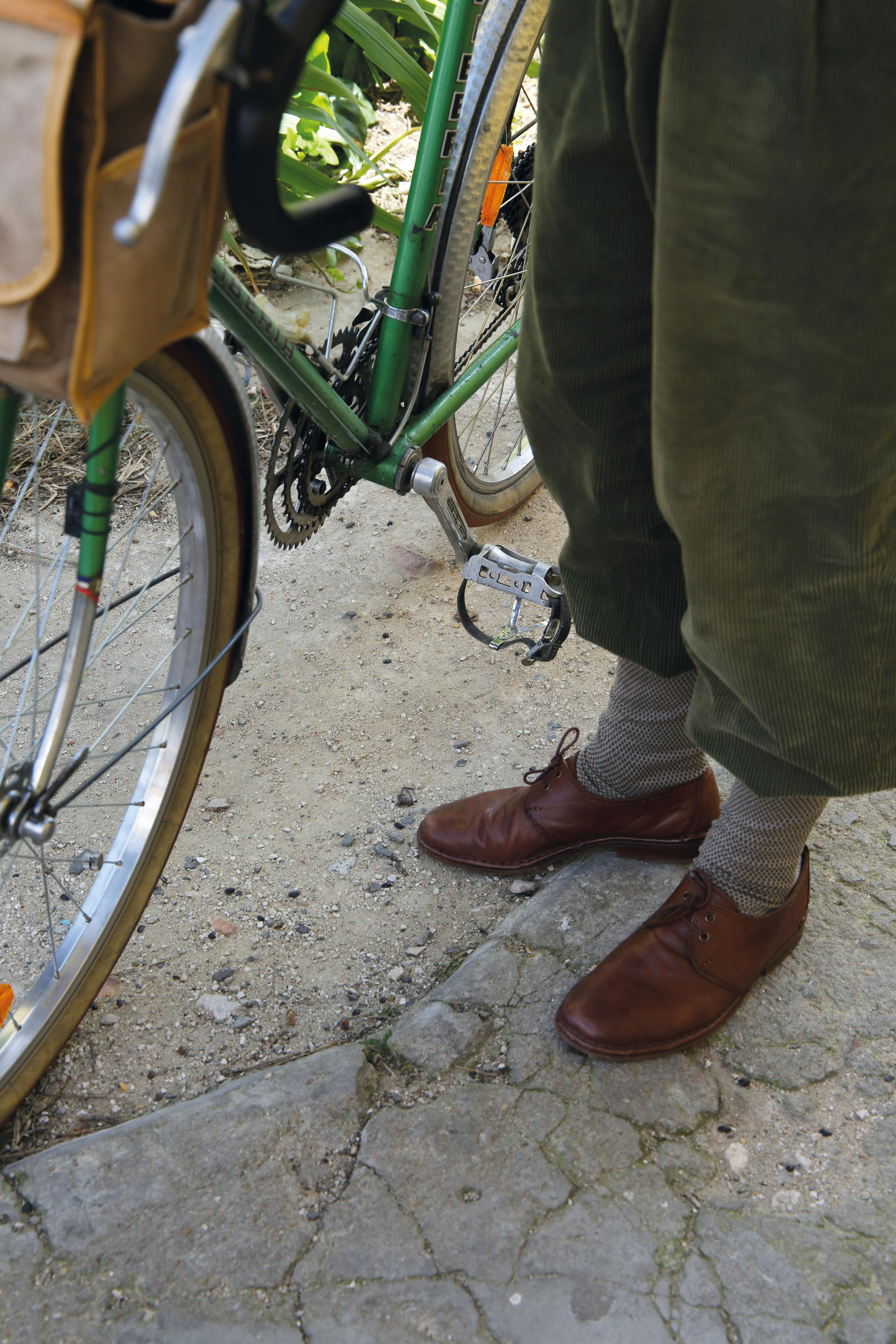
Did you get into bicycles at a young age?
Back in 1994, the big mountain bike boom hit Portugal, and me and all my friends from school got really into mountain biking. We rode a lot back then, almost every day. As my friends got older, most of them stopped riding. Strangely, when the bikes got better, that’s when most of them stopped riding. In the beginning, we only had supermarket bikes, really bad bikes. Me, I never stopped riding. I rode mountain bikes for quite a while, but something was missing. The bikes were too technological, and to be frank, ugly, that’s the only word I have for them. They started looking more like space ships and less like bikes. I love the forest and the trails, but something about the bikes themselves just didn’t fit. The big shift happened when I was in college. I figured out that I could use a bike to get to college faster than I would if I had used public transportation. So I got a road bike, kind of modern, late 90’s road bike, used that for a while and I got around on it. I then started using the bike exclusively to get around. When that bike got stolen, I got an older road bike, a Bianchi from the 80s. I guess that’s what really started it. I started finding out more and more about bicycles on the internet. The internet was quite new back then, so there wasn’t much to find, but still I learned about old French bikes and that’s how I got into old bikes.
Looking around, I see that you have a lot of nice bikes. Do you keep count of how many you have had in the shop over the years?
I have no idea. When I opened the shop, I had some new bikes and a couple of old ones for sale. Now I exclusively deal with old bikes, vintage and classic. Some stores try to sell you what they have in the store. I never do that. I do the opposite – I try to find exactly what each person needs. Every bike should be custom and special; uniquely assembled just for that person.
Tell us more about the vintage bikes, like from the 50’s and the 60’s, and the different types and brands you’re into?
Yeah, I guess there have to be some sort of cut-off point when it comes to vintage, or else I would be riding one of those penny farthings. Bikes from the 50’s, 60’s, and perhaps also the 70’s are the nicest looking bikes. They were just much better bikes than what you get today; they are nicer and last longer. That’s a part of the attraction for me, the aesthetics and the simplicity. The fact that you can pay 200-300 euros for a bike, and then you can basically travel around the world on it. That’s the beauty of it.
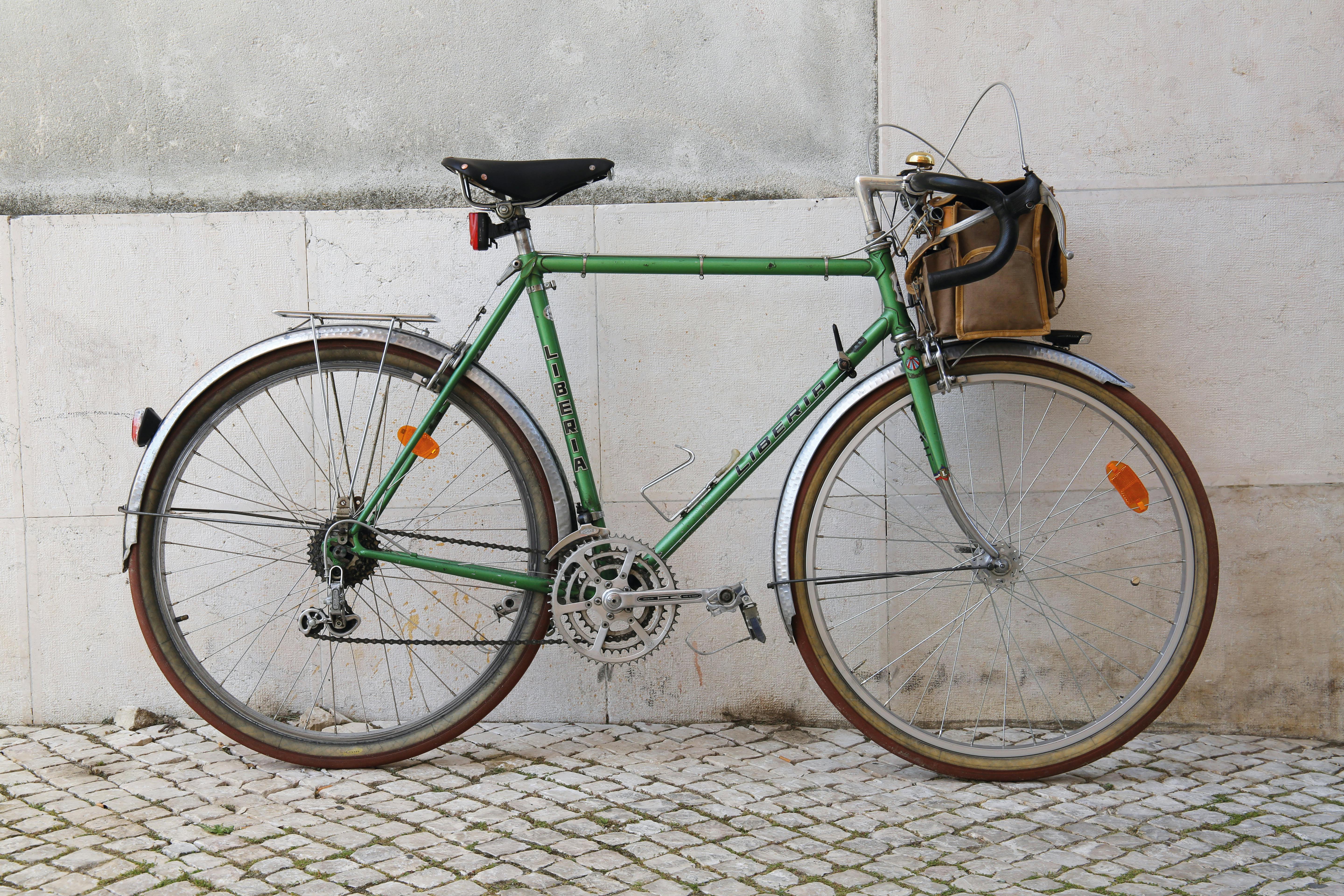

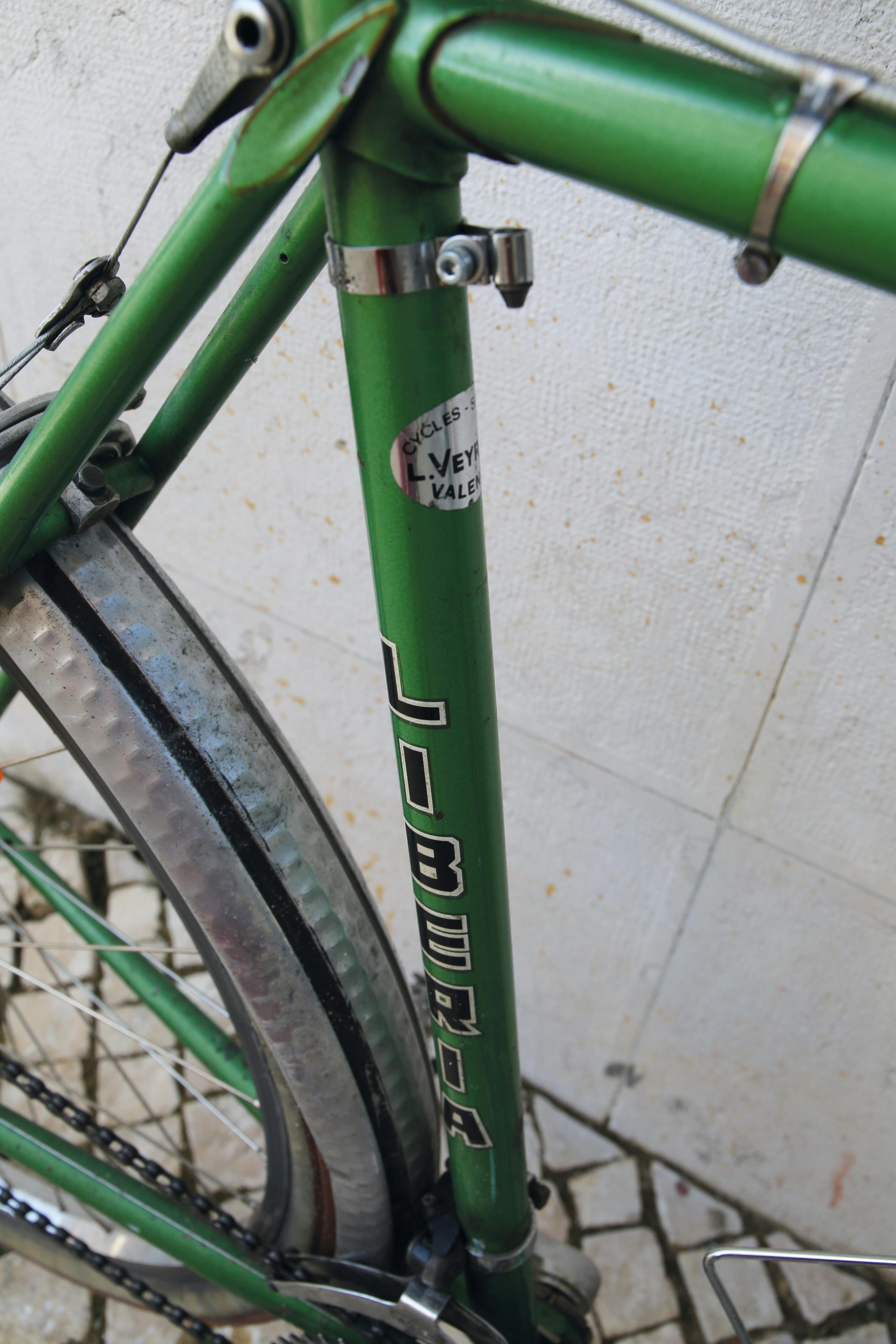
Where does the passion fo maintaining things instead of buying new all the time, come from?
Heidegger talks of the concept of Gestell, or enframing. Of course older bikes are too, technological. But the essence of technology, as Heidegger would put it, is not technological, but the Gestell, or enframing. What is Gestell? In the world today, we look at all things as if they are in a giant wharehouse- in Heidegger’s term, standing reserve. We act like there is an infinite supply of trees, fossil fuels and rare minerals in the world, in standing reserve, for us to use at our pleasure. It seems like the goal is just to produce quickly and sell as fast as possible for the highest profit imaginable. I feel that the more modern the bike, the more ingrained in this system the bike is. You need so much new stuff to go with it and all the gear changes rapidly; new drivetrains, this year it is eleven speeds, next year it will be twelve or thirteen. Then you have the electric bikes, which are in fact very bad for the environment and they won’t last, because they will need the be replaced when the newer models are incompatible with the toxic batteries that came with the old model. The older bikes are imtemporal, and also a stepping away from this enframing, mass system. The biggest attraction for me is that you can do almost everything with the same bike. Aesthetics are also very important; these old bikes are very beautiful. In essence, and in their root, they have everything going for them.
Back in the days, the bikes were built to last and they were exceptionally well-made, and in addition, they are really good rides as well!
A lot of people tell me that by riding older bikes, they have really learned how to like riding bikes. Some have gotten really tired of the competitive aspect of bike riding; going as fast as possible, top speeds and how many calories you manage to burn. Our way of measuring rides is more about how beautiful the scenery is, and how you have to work with the bike to earn the scenery. The hills and climbs are just a part of it – the beauty of the ride is how we measure it.
That experience of being present in a different way when riding a bike, exploring the world around you in a different way. In your travels and rides – how do these experiences contribute to your passion?
What is really different about riding a bike is that if you are going to places and you use a bike to get there, things around you move at a much more human pace. Inside a car, you are isolated from the world around you, it almost becomes like watching things on TV. You are not really there. On a bike, you can feel every little curve, you can feel the weather and the environment around you. The physical and mental strength it takes makes you appreciate the ride even more. The ride is an exterior voyage, but also an interior one with yourself and how you feel on the bike. The strength that you must sometimes find to conquer a hill, it is a constant struggle. Once you get to the top, and you look down, that feels like a personal conquest.
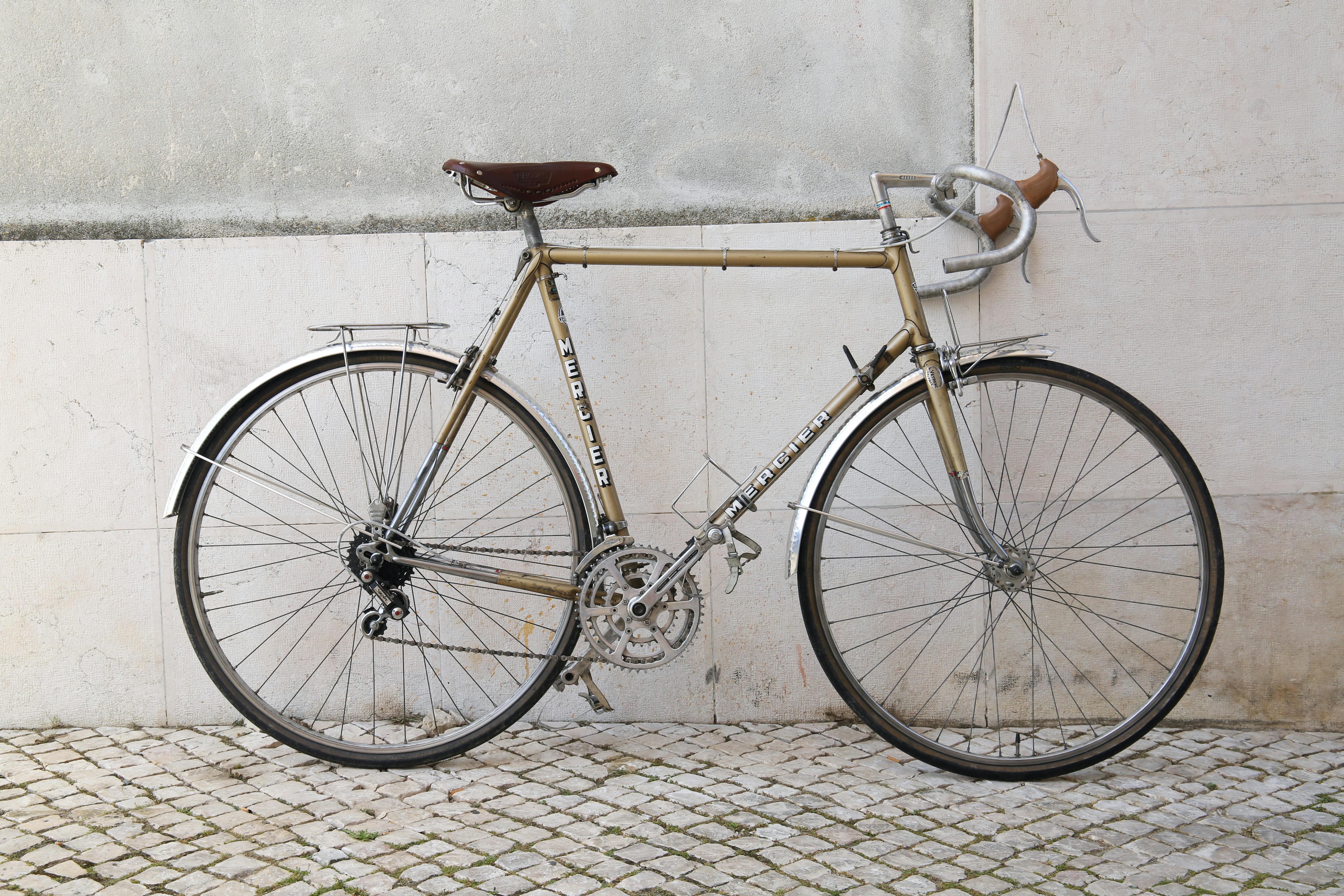
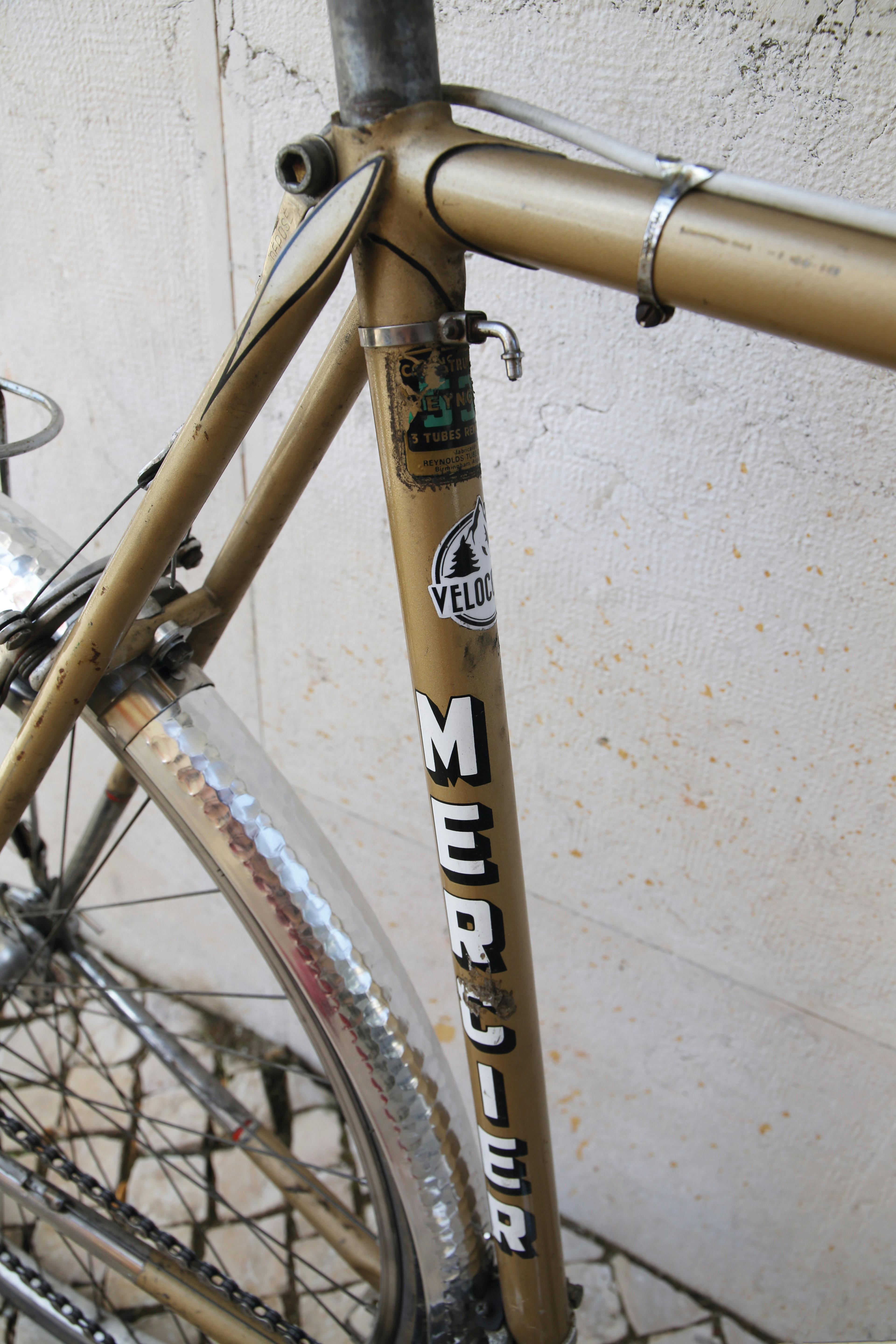
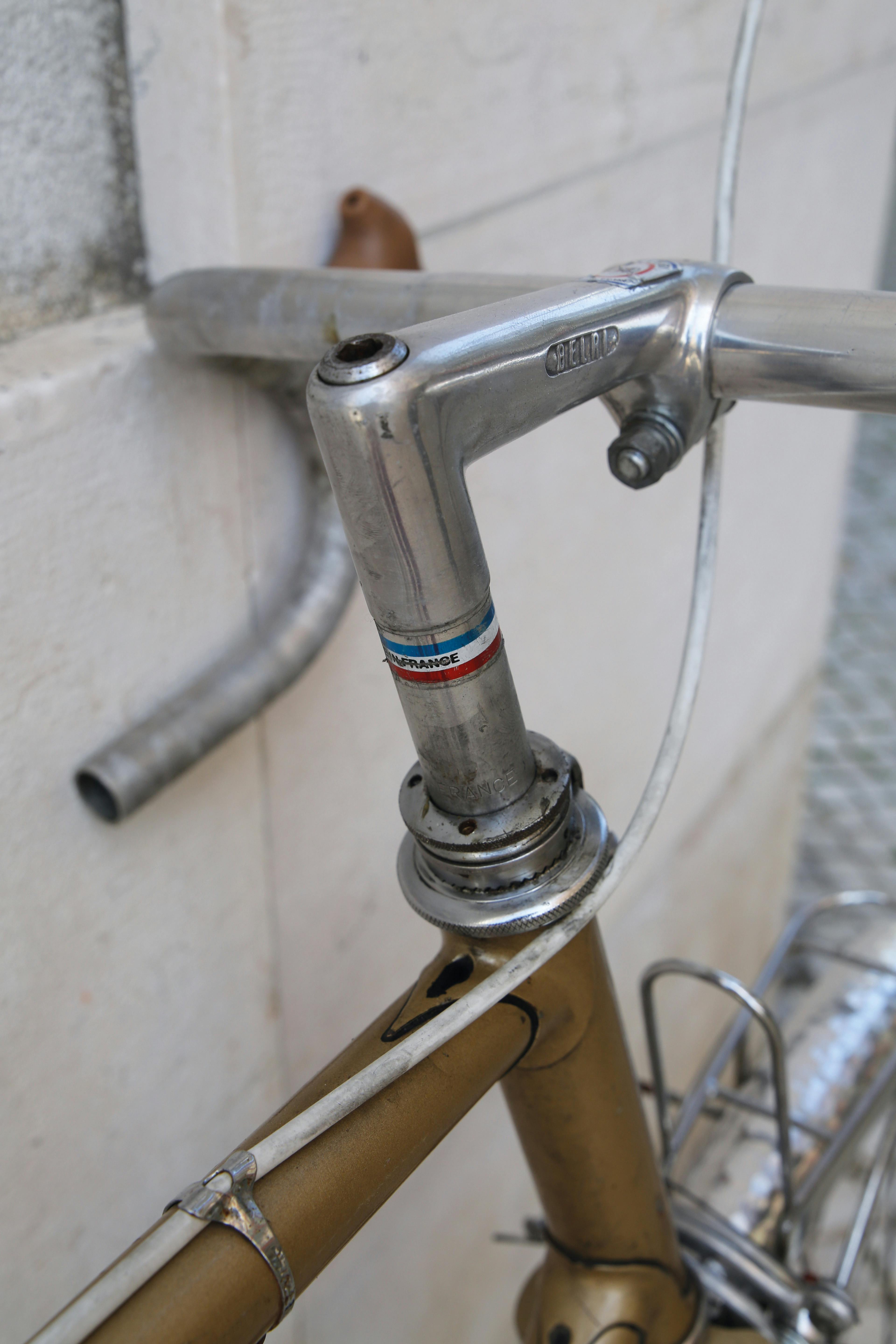
Of all your rides, and I am guessing there have been quite a few, which ones are the ones who have stood out?
Some people like to do bicycle tours, where you have several days on a bike. I personally don’t have the time to do that right now, with me running the shop. What we really like to do is something that you don’t really get a lot of in Portugal. On Sundays, we get up early, we are out all day on the bike, and have a picnic with coffee - I always bring the coffee maker with me. We’ll sit around, maybe take a little nap, we talk and eat before we get back on the bikes for some more riding in the afternoon. My favorite places to ride for these kinds of day rides are Sintra and Arrábida. But you can go even further out, to Montejunto, which is a big mountain outside of Lisbon. It is a big climb, and really tough. For closer rides, I recommend Serra da Estrela, which is the tallest mountain in continental Portugal.
The roads there are amazing and you get these massive views. We also do camp outs where we ride out on Saturday morning, stay overnight and return the next day. Suddenly, you have this adventure and you didn’t even have to take time off from work to get the experience!
You also take a lot of photos which you share online. What is your inspiration for that?
Who doesn’t like looking at bikes? I want show people that you can go on great rides on simple bikes and it is really not that hard. That is my main motivation. Of course, there is also the aesthetics part of taking amazing photos. I hope the photos can inspire people to try cycling, my photos might ignite an idea inside their heads. I started out by looking and photos, and look at where I am now!
If you had to compare the technical part, like frame building, which I know you are passionate about, to pure aesthetics, how would you compare them?
I like to do things as simple as possible. I don’t like really bizarre-looking frames. My main aesthetic reference is really simple bikes. I don’t want anything fancy, just well-built with plenty of luggage racks. Clean lines, a bike that will age really well. Just beautiful form that stays beautiful throughout the times. The bike is one of the most efficient machines ever built, and one of the simplest way for us to go a longer distance. A bike is in essence just tubes welded together, which ends up looking so beautiful. The way you look on the bike when you ride, the way it feels when you ride it. It is almost a gliding, flying effect, like flying really low. The speed is right, not too fast and not too slow. For me, everything just falls into place. I am really happy when I ride a bike, and if I am not riding my bike, I am not feeling well.
I love your passion! So one last question: Is there a bike out there which is THE bike for you, your all-time favorite?
I have a special bike, a french Motoconfort, which I got for 95 euros. But nothing on it is original, except for the frame, the mudguards and the luggage racks. This is a cheap version of the really nice French bikes from Jo Routens or Alex Singer, with 650b wheels. That type of bike is my favorite type. I would like to own one from those times eventually. The orange one that is all over my website is my favorite which I currently own. I might get a Jo Routens bike at some point, we’ll see.